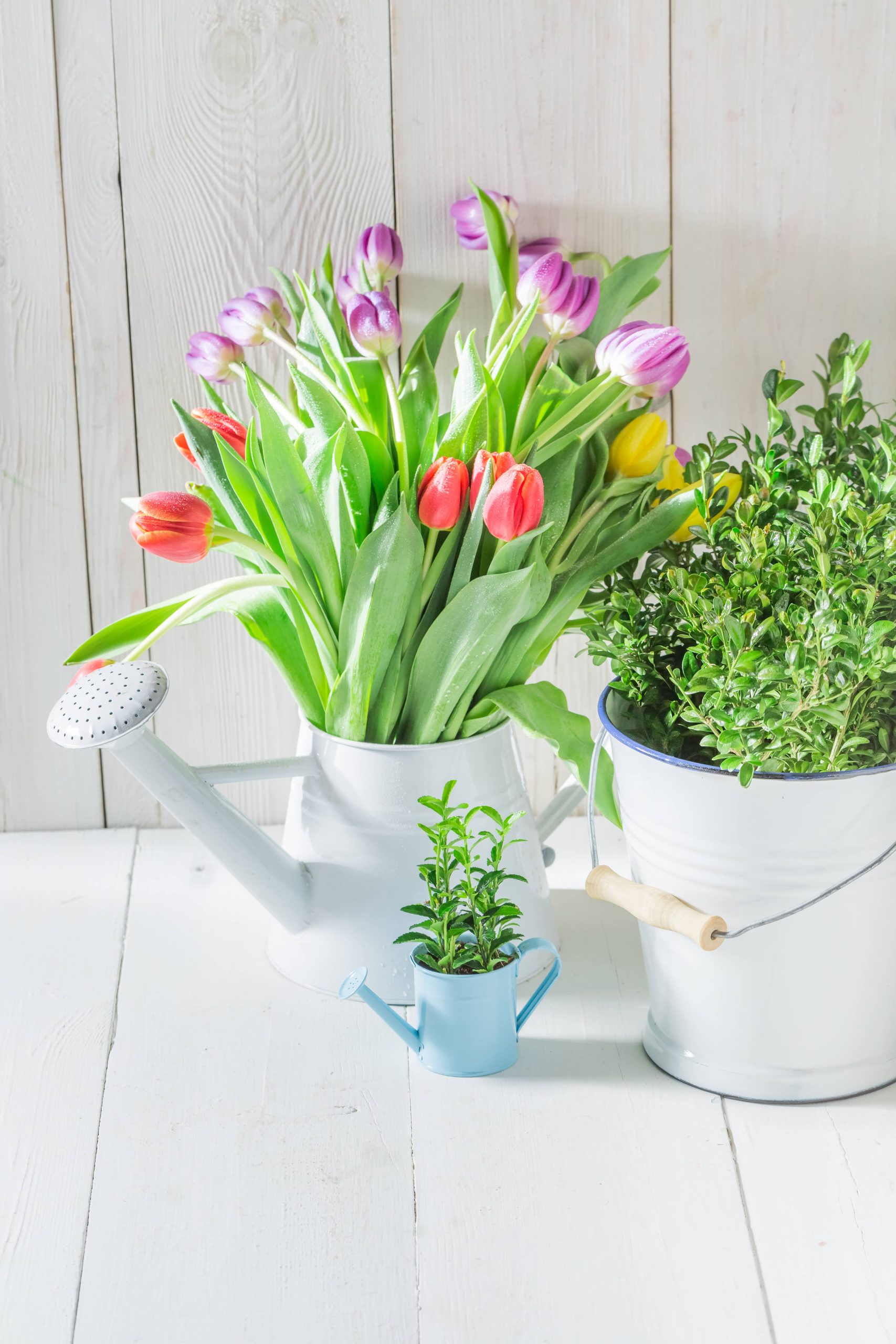
As the frost begins to melt away and the days start growing longer, a symphony of colors and scents awaits those who are prepared to usher in the new season in their gardens. Spring is the perfect time to roll up your sleeves, refine your gardening skills, and prepare your garden for the bountiful blossoms and lush growth that come with the warmer months. Whether you’re an experienced gardener or a newbie with a budding interest, these tips will help you transition smoothly into spring planting.
Assess and Clean Your Garden
The first step in spring garden preparation is taking stock of what winter has left behind. Begin by walking through your garden and noting any damage that needs repair. Look out for broken branches, dead plants, or whether any structures, such as trellises and fences, need attention. Repair or replace where necessary.
Next, clean up your garden by removing debris such as fallen leaves, spent annuals, and dead plant material. These can harbor pests and diseases that might affect your new plantings. However, resist the urge to clean too early; leaving some of this material in place helps provide wildlife with shelter and nesting materials as winter transitions to spring.
Assess Your Soil
Healthy soil is the foundation of a thriving garden. After the thaw, soil often needs some rejuvenation to be ready for new plants. Start by performing a soil test to determine its pH and nutrient content, which can guide you in adding the right amendments. You can get a soil test kit from most garden centers or hire a professional service.
Once you understand your soil’s needs, it’s time to improve it. Most gardens benefit from the addition of organic matter, such as compost or well-rotted manure, which can improve soil structure, fertility, and moisture retention. Spread a few inches of organic matter over the soil and mix it in well using a rake or rototiller. This not only enriches the soil but also wakes up the beneficial microorganisms necessary for plant health.
Plan Your Garden Layout
Spring is an excellent opportunity to rethink your garden layout. Reflect on what worked well the last season and what didn’t. Consider factors like sun exposure, rainfall, and any shadowing from buildings or trees.
Create a garden design that incorporates your favorite flowers, herbs, and vegetables. Make sure to rotate your crops from year to year to maintain soil health and minimize pest issues. Companion planting—a practice where plants are placed in proximity to one another to control pests, assist in pollination, or maximize space—can also be beneficial.
Additionally, when planning your layout, make sure to choose plants that are appropriate for your climate and soil type. Use local resources and gardening communities to learn more about plant selection tailored for your region.
Tackle Weeds Early
Spring is the time when weeds, much like your garden plants, are eager to take off. It’s especially important to manage them before they go to seed. Hand-pull them or use a hoe to cut them at the root. A pre-emergent weed control product can help you get the upper hand on persistent weeds by preventing their seeds from germinating.
Mulching is another effective method to combat weeds. Apply a 2-3 inch layer of organic mulch, such as straw, pine bark, or shredded leaves, around your plants. This helps retain soil moisture, suppress weeds, and slowly add organic matter to your soil as it decomposes.
Get Your Tools in Shape
Before you start planting, give your gardening tools some tender loving care. Clean them thoroughly to remove any dirt or sap. Sharpen pruners, shears, and hoes, and oil any moving parts to ensure they work smoothly. This maintenance will not only extend the life of your tools but also make your tasks easier and more enjoyable.
Start Seeds Indoors
For those eager to get a head start on the growing season, starting seeds indoors can be very rewarding. Choose quick-growing annuals or vegetables that prefer a head start, such as tomatoes, peppers, and marigolds. Sow seeds in seed trays with good potting soil and place them in a sunny, warm spot. Indoor growing lights can also help encourage strong seedlings.
Once the danger of frost has passed, acclimate your seedlings to outdoor conditions gradually. This process, known as hardening off, helps them adjust to their new environment and reduces transplant shock.
Prune with Purpose
Late winter and early spring are ideal times to prune many trees and shrubs before new growth begins. Pruning helps plants concentrate their energy on the healthiest growth and can stimulate more robust flowering and fruiting. Remember to remove any dead or crossing branches and to shape your plants for aesthetic purposes or to increase air circulation. However, take care not to prune spring-flowering shrubs until after they have bloomed, as you may inadvertently remove their flower buds.
Reflect and Learn
Gardening is a lifelong journey, and each season provides valuable lessons. Take note of what strategies worked well and what didn’t. Consider keeping a gardening journal to track these observations, including weather conditions, planting dates, flowering periods, and harvests. Reflecting on your experiences will prepare you to make better-informed decisions in the future and, ultimately, enjoy a more successful and fulfilling gardening experience.
In conclusion, prepping your garden for spring is a rewarding endeavor that sets the stage for months of growth and enjoyment. By thoroughly cleaning, assessing, and enhancing your garden, you lay the groundwork for a thriving landscape. Whether you’re dreaming of bountiful vegetable patches or beautiful flower beds, these steps will help you get the most out of your spring gardening efforts. Here’s to a vibrant and fruitful garden season!







